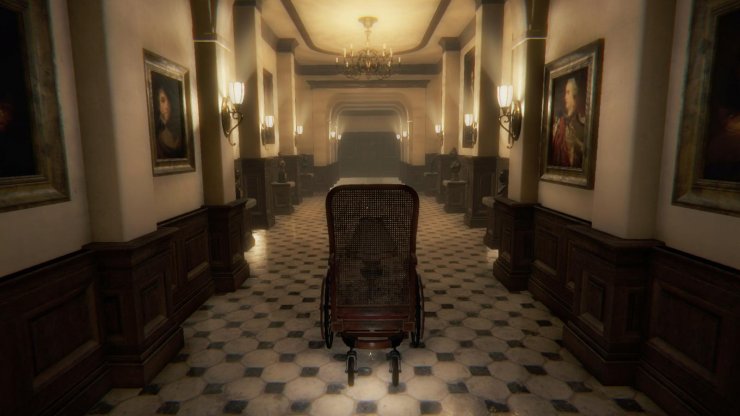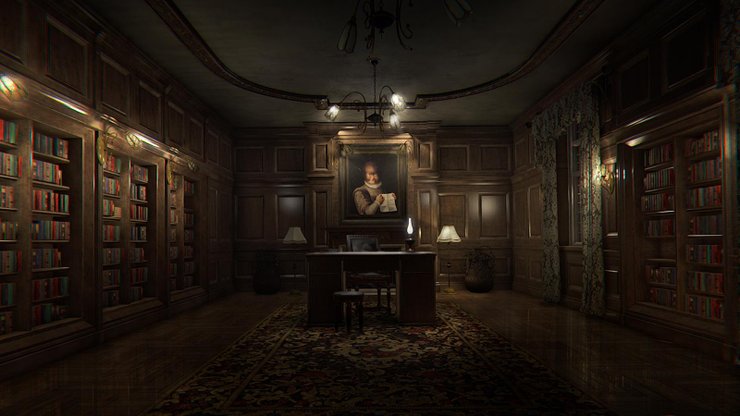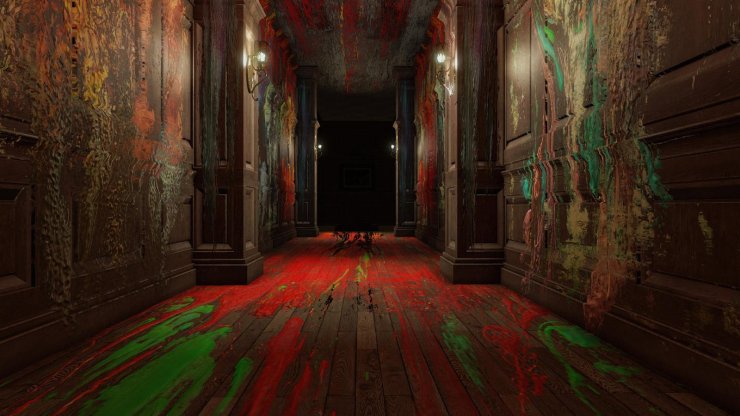Horror and walking simulators make for a perfect pair, as many titles such as SOMA or Gone Home (to a lesser extent), and now Layers of Fear is the latest example of this. The combination just feels right. In a genre in which your only forms of interaction with the world are reading letters and opening doors, it makes sense for the world to interact with you instead. And the word “interact” is defined by these games as “scaring the hell out of you.”
Layers of Fear Launch Trailer
The idea sounds reasonable, but in practice, it doesn’t really work out for Layers of Fear. While the game does receive a lot of praise for its captivating visuals, immersive narrative, and attention to detail (we were especially impressed by the fact that the main character actually walks with a limp upon learning that he’s got a prosthetic leg), it’s just… not very scary.
It also doesn’t help that the game basically reveals its entire hand right from the get-go. Most of the time it simply tries to scare you by changing the environment around you, adding things behind you when you’re not looking.
Layers of Fear is beautiful, and its narrative is captivating
It works the first couple of times, but gradually you come to expect it. Soon enough you’ll find yourself entering a room, search around for the object that you’re supposed to interact with, wait for the scary thing to take place, and then repeat the process all over again.
The story, despite being relatively clichés, does have its merit. It is unveiled to you piece-by-piece via notes, pictures, and other visual clues scattered around the building. We found the notes to be a bit excessive (who would write so many extremely personal notes and then just leave them lying around like that, anyway?) but the game did warn us about that right at the beginning, so guess we can’t complain here.

Layers of Fear is divided into several chapters and after each one you’ll add a bit more paint to a canvas. This place also houses the pictures and notes that you’ve discovered, helping you keep track of the plot so far. We really appreciate this “hub room” feature, as it gives you a break between all the action, during which you can look through every clue and maybe discover information that you might have missed.
But the horror part is disappointing
That said, you might have difficulty finding the motivation to make it to the end of the game. Unlike Firewatch or Gone Home, Layers of Fear doesn’t offer a whole lot of variety in the environments you explore or what you see/do. We felt like we’d seen everything just after the first chapter.

Mobile isn’t exactly the greatest platform for the game either. You can choose between 2 control schemes: virtual buttons or tap to move. Both of these felt pretty fiddly to us, however: We could move around just fine but interacting with objects was a chore, as the game just couldn’t seem to understand what we were trying to do.
Controller support is present here, and for the most part it works just fine. It does leave more to be desired, though: The virtual controls will still remain on your screen, which is distracting. Moreover, you can’t use the menu screen with a controller for some reason, which we found pretty inconvenient.

The game is solid, but mobile is not the most fitting platform for it
All things considered, we have mixed feelings about Layers of Fear. It does an admirable job as a walking simulator with stunning graphics and outstanding storytelling. However, it is drawn back by the fiddle controls and lack of “true” horror elements.
















Comments